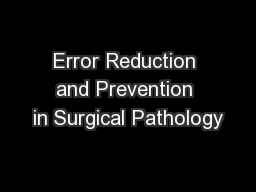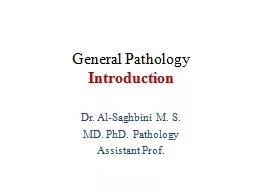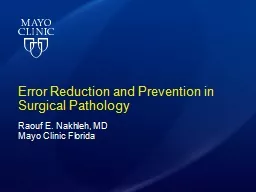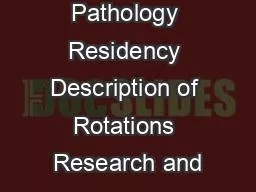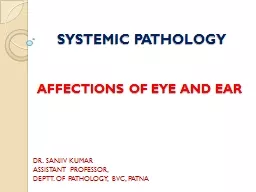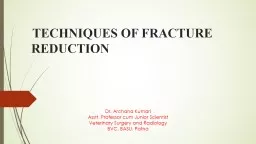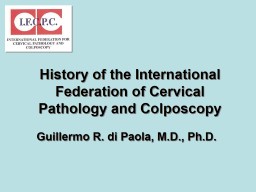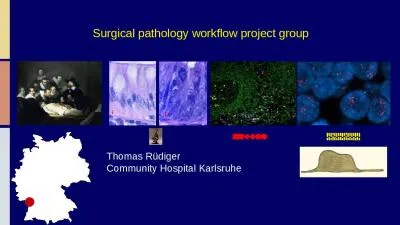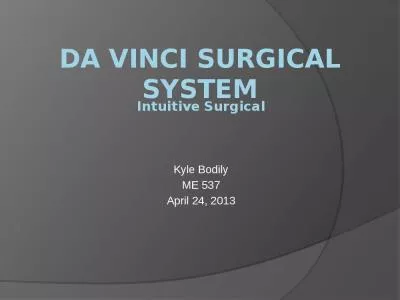PPT-Error Reduction and Prevention in Surgical Pathology
Author : min-jolicoeur | Published Date : 2016-06-01
Raouf E Nakhleh MD Mayo Clinic Florida Disclosure None 2 Objectives At the end of the presentation participants should be able to Identify where errors occur
Presentation Embed Code
Download Presentation
Download Presentation The PPT/PDF document "Error Reduction and Prevention in Surgic..." is the property of its rightful owner. Permission is granted to download and print the materials on this website for personal, non-commercial use only, and to display it on your personal computer provided you do not modify the materials and that you retain all copyright notices contained in the materials. By downloading content from our website, you accept the terms of this agreement.
Error Reduction and Prevention in Surgical Pathology: Transcript
Download Rules Of Document
"Error Reduction and Prevention in Surgical Pathology"The content belongs to its owner. You may download and print it for personal use, without modification, and keep all copyright notices. By downloading, you agree to these terms.
Related Documents

